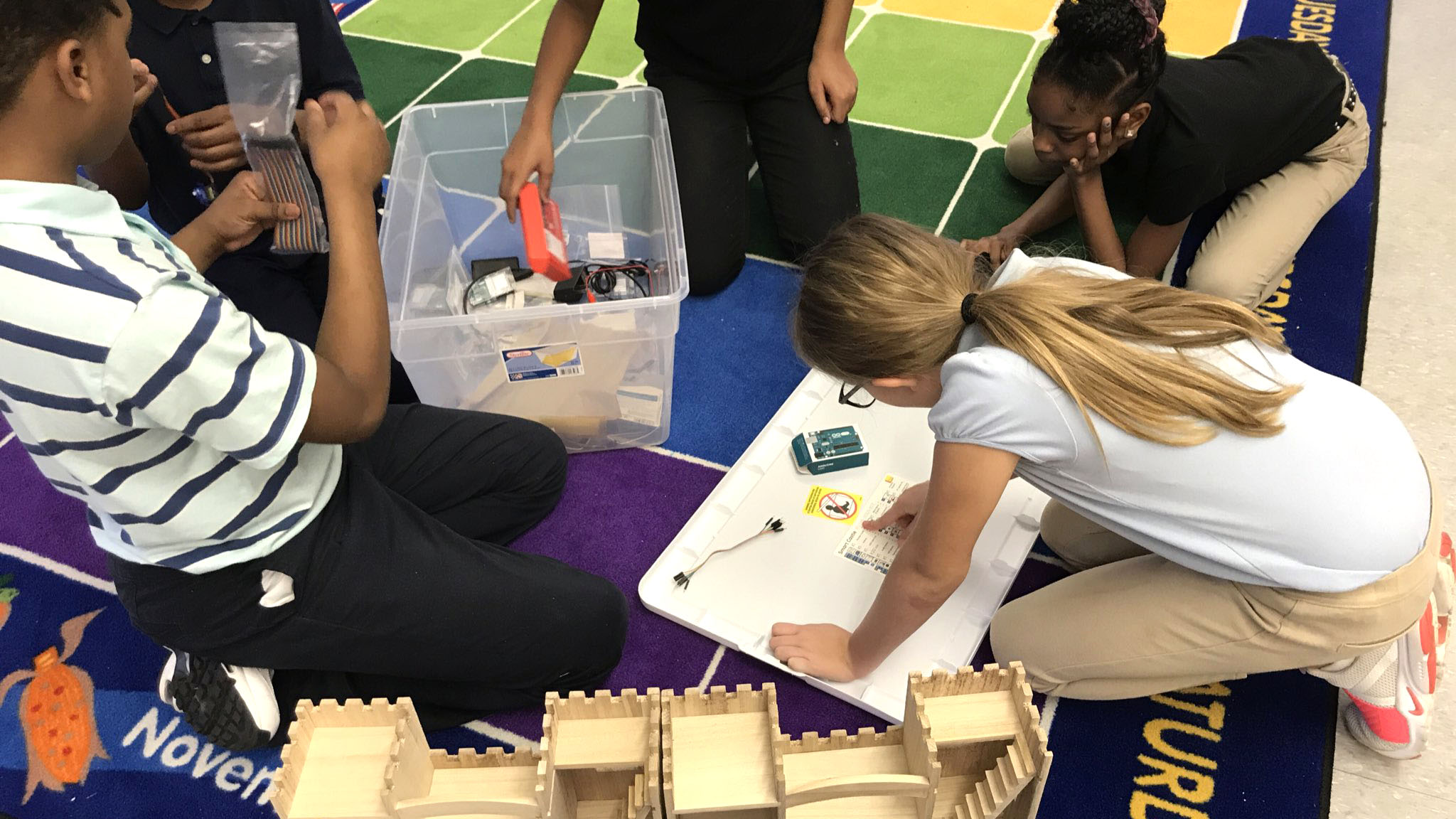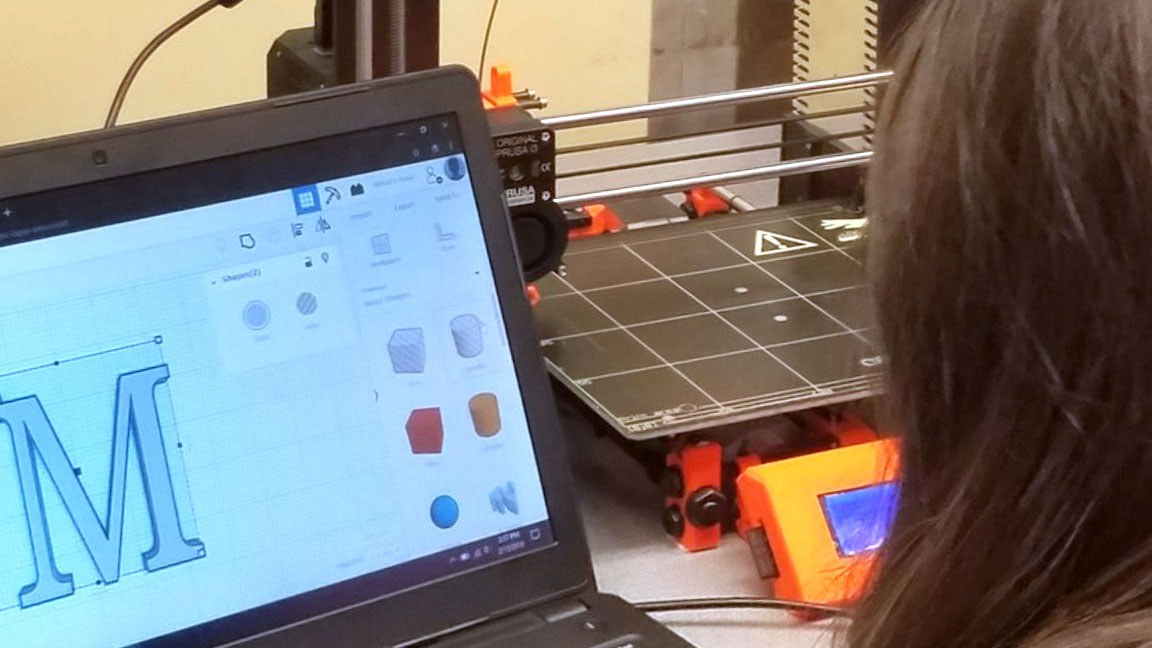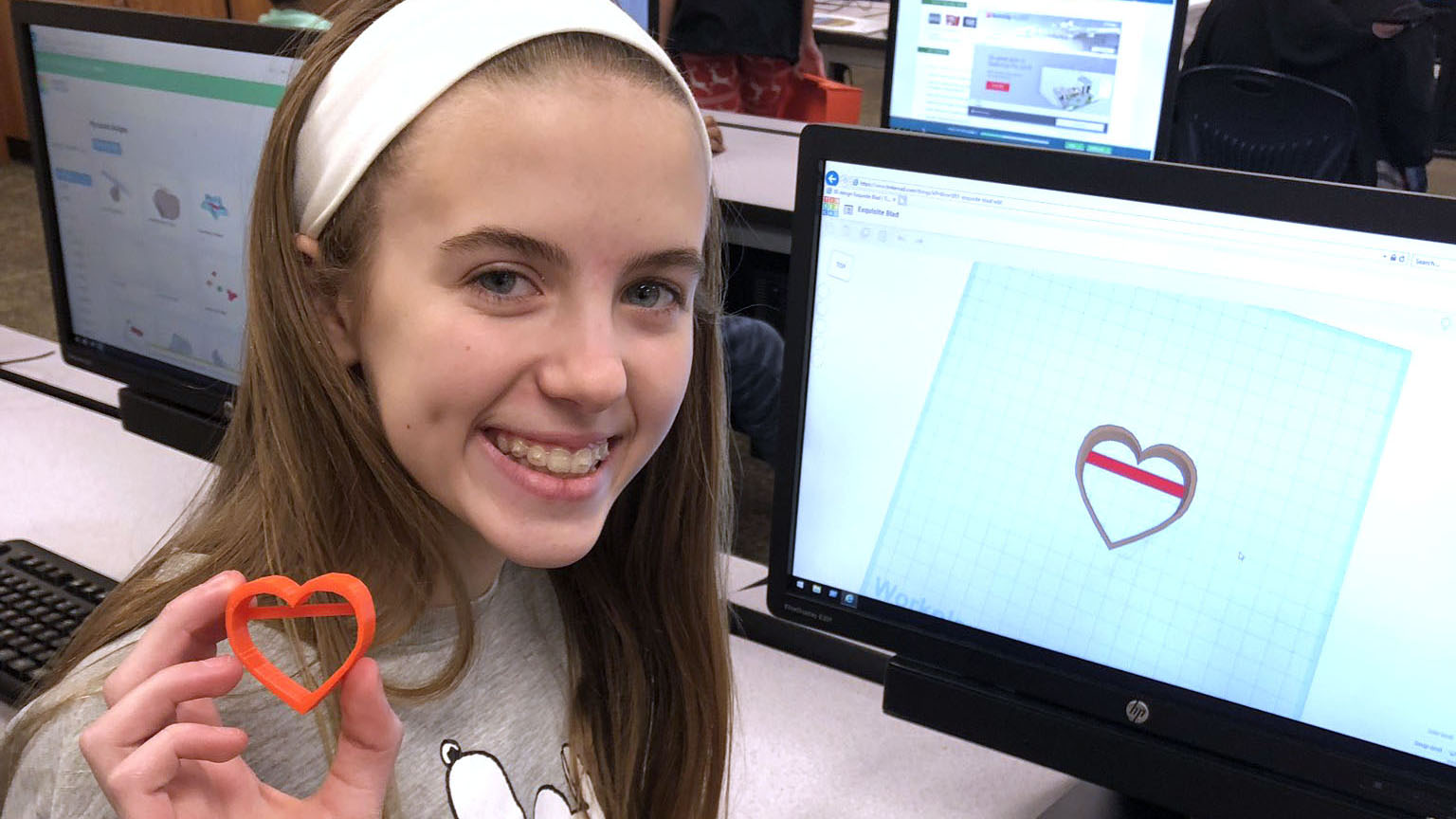In 2016 we surveyed 700 students participating in FUSE as part of a program evaluation by the University of Colorado. The findings confirm student-led choice allows interest development to flourish.

Collaborating with others leads to new interests
66% of surveyed participants described peer support as important to the development of new interests.

Choice leads to interest development
75% of students in FUSE report that they discovered a new interest that could be relevant to their future lives.

All youth find something that interests them in FUSE.
100% of surveyed youth report discovery of a new interest in FUSE. Three quarters reported that this new interest could be relevant to success in school, at work, or both.
FUSE Evaluation & Research Summary
FUSE’s innovative model is based on decades of research in education. The program was initially conceived to create an alternative infrastructure for learning. To create a sustainable and equitable infrastructure for learning, we need to continually assess the program and refine its design.
As FUSE grows and spreads into different contexts, FUSE team researchers observe and document student experience in a representative subset of FUSE studios. Our researchers collect video and interview data using ethnographic data collection models. FUSE has also been externally reviewed, which involved a detailed survey of 700 FUSE users. The survey results are summarized here.




